It looks like you're using an Ad Blocker.
Please white-list or disable AboveTopSecret.com in your ad-blocking tool.
Thank you.
Some features of ATS will be disabled while you continue to use an ad-blocker.
16
share:
The complexity and beauty of the Universe amaze me everyday!
Like in our old mother Earth, there are so much various and wonderful things to contemplate up there that I can't believe that it could be different for the recent Earth-sized planets discovery.....
Here's a selection I've made of various astronomical objects from the deep sky with surprising shapes and colors...
Enjoy!
1- M2-9
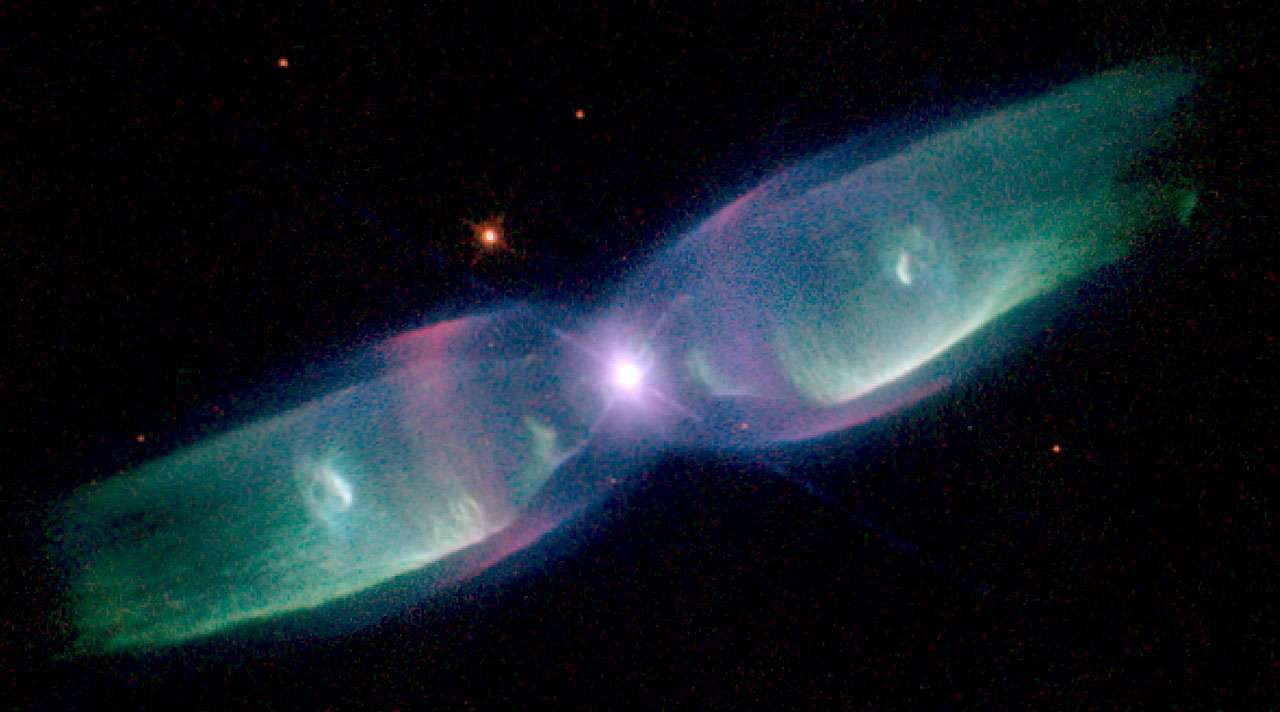
Source: Spacetelescope
2- M104 (Sombrero Galaxy)
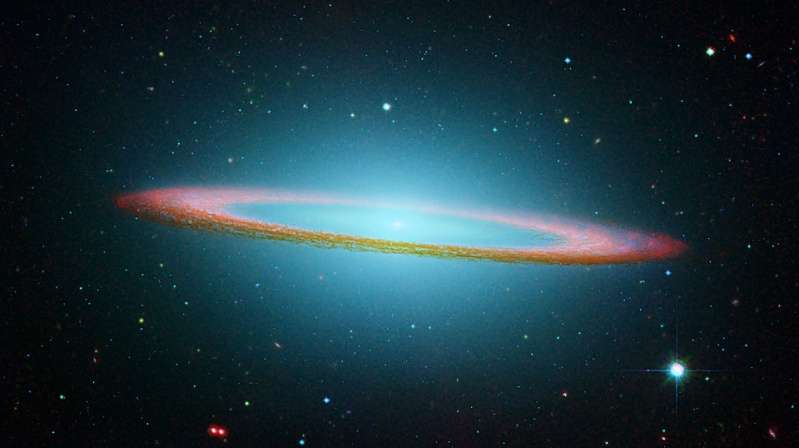
Source: APOD
3- SN1987A (Supernova 1987A)
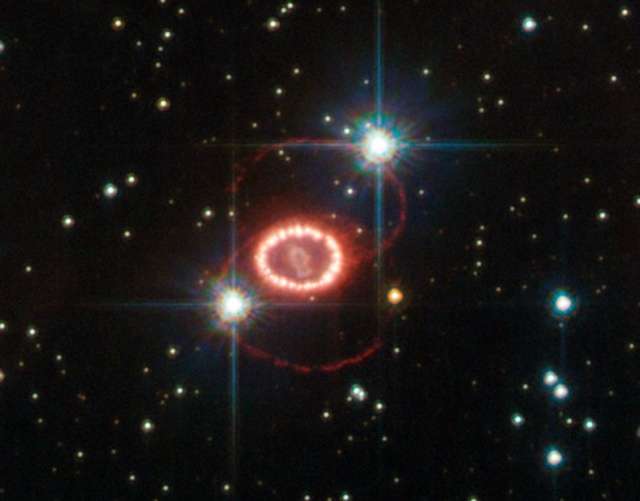
Source: APOD
4- M16 close-up
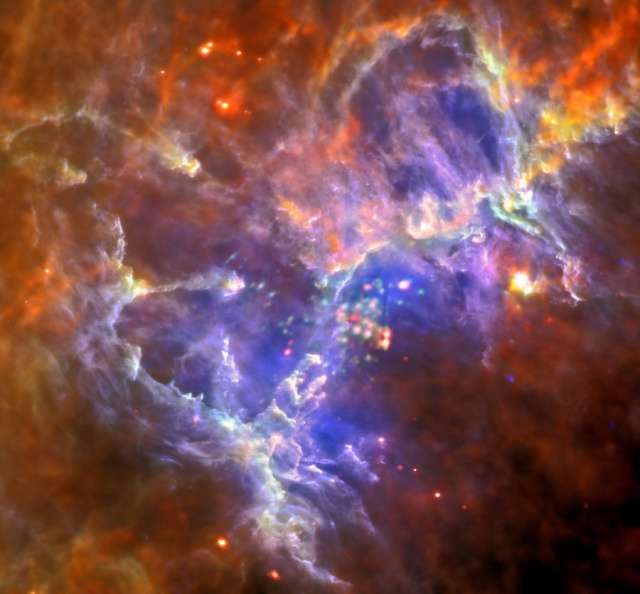
Source: wired
5- Cygnus X
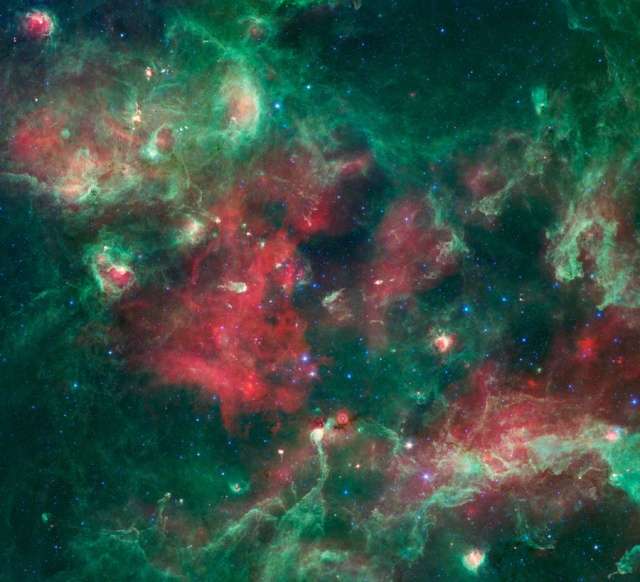
Source: APOD
6- NGC 7293 (Helix Nebula)
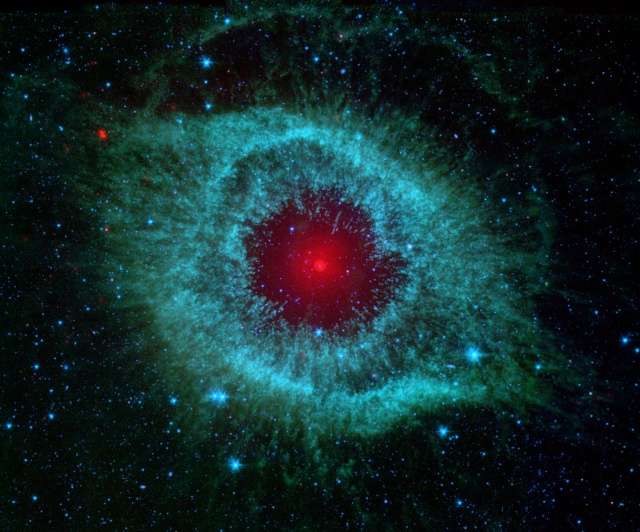
Source: Wikipedia
7- IPHASXJ194359.5+170901 (Necklace Nebula)
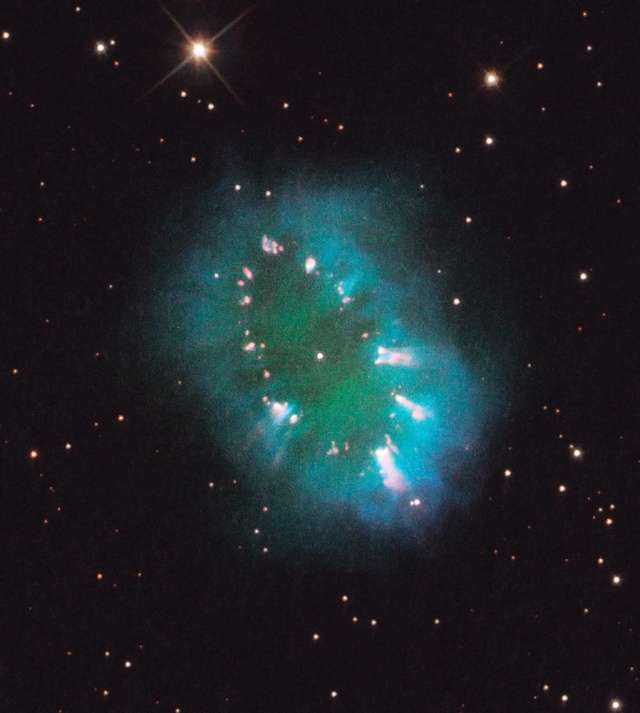
Source: Docdb
Like in our old mother Earth, there are so much various and wonderful things to contemplate up there that I can't believe that it could be different for the recent Earth-sized planets discovery.....
Here's a selection I've made of various astronomical objects from the deep sky with surprising shapes and colors...
Enjoy!
1- M2-9

M2-9 is a striking example of a 'butterfly' or a bipolar planetary nebula. Another more revealing name might be the 'Twin Jet Nebula.' If the nebula is sliced across the star, each side of it appears much like a pair of exhausts from jet engines. Indeed, because of the nebula's shape and the measured velocity of the gas, in excess of 200 miles per second (approx. 322 kilometres per second), astronomers believe that the description as a super-super-sonic jet exhaust is quite apt. Ground-based studies have shown that the nebula's size increases with time, suggesting that the stellar outburst that formed the lobes occurred just 1, 200 years ago.
Credit: Bruce Balick (University of Washington), Vincent Icke (Leiden University, The Netherlands), Garrelt Mellema (Stockholm University), and NASA/ESA
Source: Spacetelescope
2- M104 (Sombrero Galaxy)

This floating ring is the size of a galaxy. In fact, it is part of the photogenic Sombrero Galaxy, one of the largest galaxies in the nearby Virgo Cluster of Galaxies. The dark band of dust that obscures the mid-section of the Sombrero Galaxy in optical light actually glows brightly in infrared light.
The above image, digitally sharpened, shows the infrared glow, recently recorded by the orbiting Spitzer Space Telescope, superposed in false-color on an existing image taken by NASA's Hubble Space Telescope in optical light. The Sombrero Galaxy, also known as M104, spans about 50,000 light years across and lies 28 million light years away. M104 can be seen with a small telescope in the direction of the constellation Virgo.
Source: APOD
3- SN1987A (Supernova 1987A)

What's causing those odd rings in supernova 1987A? Twenty five years ago, in 1987, the brightest supernova in recent history was seen in the Large Magellanic Cloud. At the center of the above picture is an object central to the remains of the violent stellar explosion. Surrounding the center are curious outer rings appearing as a flattened figure 8. Although large telescopes including the Hubble Space Telescope monitor the curious rings every few years, their origin remains a mystery. Pictured above is a Hubble image of the SN1987A remnant taken last year. Speculation into the cause of the rings includes beamed jets emanating from an otherwise hidden neutron star left over from the supernova, and the interaction of the wind from the progenitor star with gas released before the explosion.
Source: APOD
4- M16 close-up

The European Space Agency’s Herschel space telescope has captured this gorgeous new view of the famed Eagle Nebula.
The Eagle Nebula, located 6,500 light-years away in the constellation Serpens, is visible as a fuzzy red spot to backyard astronomers with a modest telescope.
In 1995, NASA’s Hubble space telescope captured a famous image of one region within the Eagle Nebula: a star-forming cluster named NGC6611, known as the “Pillars of Creation.” Light and heat from young stars carved out the iconic pillars, which are each several trillion miles long.
Herschel’s image isn’t just beautiful, it also updates the Hubble photo and reveals new details about the region. While the Hubble image — taken in optical wavelengths — suggested that the area was a stellar nursery, obscuring dust prevented researchers from proving this.
The above photo, taken in far-infrared wavelengths that can penetrate the dust, gives astronomers an insider’s view of the pillars. They can now see the cocoons of gas and dust that surround the young stars as they form. Eventually, these casings will blow away and the star’s light will be visible.
Source: wired
5- Cygnus X

How do stars form? To help study this complex issue, astronomers took a deep infrared image of Cygnus X, the largest known star forming region in the entire Milky Way Galaxy. The above recently-released image was taken in 2009 by the orbiting Spitzer Space Telescope and digitally translated into colors humans can see, with the hottest regions colored the most blue. Visible are large bubbles of hot gas inflated by the winds of massive stars soon after they form.
Current models posit that these expanding bubbles sweep up gas and sometimes even collide, frequently creating regions dense enough to gravitationally collapse into yet more stars. The star factory Cygnus-X spans over 600 light years, contains over a million times the mass of our Sun, and shines prominently on wide angle infrared panoramas of the night sky. Cygnus X lies 4,500 light years away towards the constellation of the Swan (Cygnus). In a few million years, calm will likely be restored and a large open cluster of stars will remain -- which itself will disperse over the next 100 million years.
Source: APOD
6- NGC 7293 (Helix Nebula)

The Helix Nebula (also known as The Helix, NGC 7293, or Caldwell 63) is a large planetary nebula (PN) located in the constellation Aquarius. Discovered by Karl Ludwig Harding, probably before 1824, this object is one of the closest to the Earth of all the bright planetary nebulae.
The estimated distance is about 215 parsecs or 700 light-years. It is similar in appearance to the Ring Nebula, whose size, age, and physical characteristics are similar to the Dumbbell Nebula, varying only in its relative proximity and the appearance from the equatorial viewing angle. The Helix has often been referred to as the Eye of God on the Internet, since about 2003.
Source: Wikipedia
7- IPHASXJ194359.5+170901 (Necklace Nebula)

The Necklace nebula was discovered as a new candidate PN from images of the IPHAS survey obtained on 2005.
"IPHASXJ194359.5+170901 is a new high-excitation planetary nebula with remarkable characteristics. It consists of a knotty ring expanding at a speed of 28 km/s, and a fast collimated outflow in the form of faint lobes and caps along the direction perpendicular to the ring. The expansion speed of the polar caps is approx. 100 km/s, and their kinematical age is twice as large as the age of the ring...."
Source: Docdb
edit on 7-5-2012 by elevenaugust because: (no reason given)
8- NGC 6543 (Cat's eye Nebula)
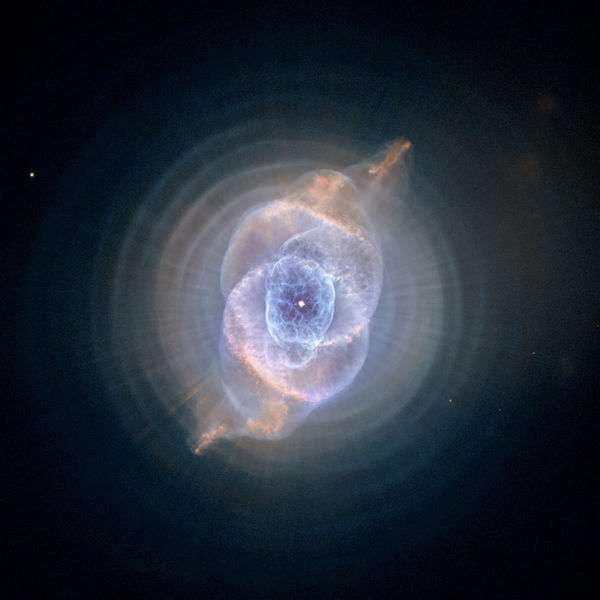
Source: wikipedia
9- W 340 ("cosmic exclamation point!")

Source: NASA
10- KN 61

Source: Universetoday
11- Hoag's object
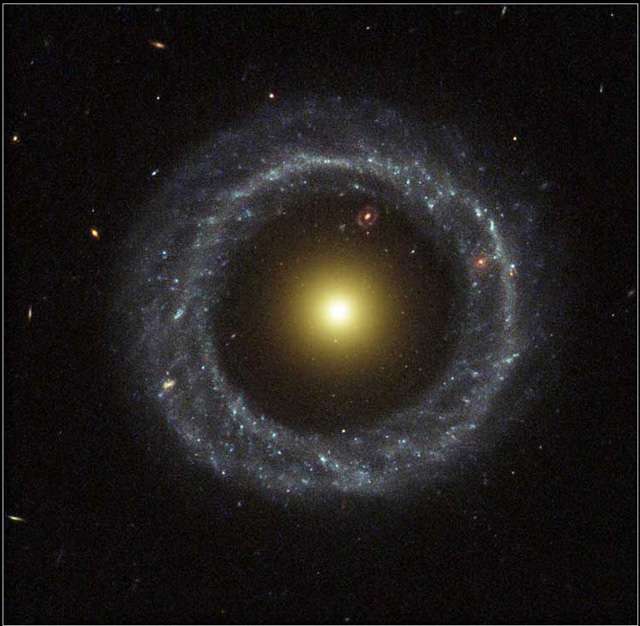
Source: wikipedia
12- IC 5146 (The Cocoon Nebula)

Source: APOD

The Cat's Eye Nebula (NGC 6543, Caldwell 6) is a planetary nebula in the constellation of Draco. Structurally, it is one of the most complex nebulae known, with high-resolution Hubble Space Telescope observations revealing remarkable structures such as knots, jets, bubbles and sinewy arc-like features. In the center of the Cat's Eye there is a bright and hot star; around 1000 years ago this star lost its outer envelope, producing the nebula.
It was discovered by William Herschel on February 15, 1786, and was the first planetary nebula whose spectrum was investigated by the English amateur astronomer William Huggins in 1864. The results of the latter investigation demonstrated for the first time that planetary nebulae consist of hot gases, but not stars.
Modern studies reveal several mysteries. The intricacy of the structure may be caused in part by material ejected from a binary central star, but as yet, there is no direct evidence that the central star has a companion. Also, measurements of chemical abundances reveal a large discrepancy between measurements done by two different methods, the cause of which is uncertain. Hubble Telescope observations revealed a number of faint rings around the Eye, which are spherical shells ejected by the central star in the distant past. The exact mechanism of those ejections, however, is unclear.
Source: wikipedia
9- W 340 ("cosmic exclamation point!")

VV 340, also known as Arp 302, provides a textbook example of colliding galaxies seen in the early stages of their interaction. The edge-on galaxy near the top of the image is VV 340 North and the face-on galaxy at the bottom of the image is VV 340 South. Millions of years later these two spirals will merge -- much like the Milky Way and Andromeda will likely do billions of years from now. Data from NASA's Chandra X-ray Observatory (purple) are shown here along with optical data from the Hubble Space Telescope (red, green, blue). VV 340 is located about 450 million light years from Earth.
Source: NASA
10- KN 61

Discovered by amateur Austrian astronomer, Matthias Kronberger, planetary nebula Kn 61 just happens to be in a relatively small piece of celestial real estate being monitored by NASA’s Kepler planet finding mission. Lucky for us, we’re able to take a look at the photographic results of the new nebula obtained with the Gemini Observatory.
“Kn 61 is among a rather small collection of planetary nebulae that are strategically placed within Kepler’s gaze,” said Orsola De Marco of Macquarie University in Sydney, Australia who is the author of a 2009 paper speculating on how companion stars or even planets may influence and shape the intricate structure seen in many planetary nebulae. “Explaining the puffs left behind when medium sized stars like our Sun expel their last-breaths is a source of heated debate among astronomers, especially the part that companions might play,” says De Marco, “it literally keeps us up at night!”
Source: Universetoday
11- Hoag's object

Hoag's Object is a non-typical galaxy of the type known as a ring galaxy. The appearance of this object has interested amateur astronomers as much as its uncommon structure has fascinated professionals. The galaxy is named after Arthur Allen Hoag who discovered it in 1950 and identified it as either a planetary nebula or a peculiar galaxy with 8 billion stars
Source: wikipedia
12- IC 5146 (The Cocoon Nebula)

The Cocoon Nebula, cataloged as IC 5146, is a strikingly beautiful nebula located about 4,000 light years away toward the constellation of Cygnus. Inside the Cocoon is a newly developing open cluster of stars. Like other stellar nurseries, the Cocoon Nebula is, at the same time, an emission nebula, a reflection nebula, and an absorption nebula. Speculation based on recent measurements holds that the massive star in the center of the above image opened a hole in an existing molecular cloud through which much of the glowing material flows. The same star, which formed about 100,000 years ago, now provides the energy source for much of the emitted and reflected light from this nebula.
Source: APOD
edit on 7-5-2012 by elevenaugust because: (no reason given)
Dannnnnnnnnnnng that's some beautiful #. This only makes me want to venture out there even more, which I'll do some day!
Theres truly beautiful things out there, great pics. The colours are amazing
new topics
-
Israel attacking Iran again.
Middle East Issues: 1 hours ago -
Michigan school district cancels lesson on gender identity and pronouns after backlash
Education and Media: 1 hours ago -
When an Angel gets his or her wings
Religion, Faith, And Theology: 2 hours ago -
Comparing the theology of Paul and Hebrews
Religion, Faith, And Theology: 2 hours ago -
Pentagon acknowledges secret UFO project, the Kona Blue program | Vargas Reports
Aliens and UFOs: 3 hours ago -
Boston Dynamics say Farewell to Atlas
Science & Technology: 3 hours ago -
I hate dreaming
Rant: 4 hours ago -
Man sets himself on fire outside Donald Trump trial
Mainstream News: 6 hours ago -
Biden says little kids flip him the bird all the time.
Politicians & People: 6 hours ago -
The Democrats Take Control the House - Look what happened while you were sleeping
US Political Madness: 7 hours ago
top topics
-
The Democrats Take Control the House - Look what happened while you were sleeping
US Political Madness: 7 hours ago, 17 flags -
In an Historic First, In N Out Burger Permanently Closes a Location
Mainstream News: 9 hours ago, 15 flags -
A man of the people
Medical Issues & Conspiracies: 14 hours ago, 10 flags -
Biden says little kids flip him the bird all the time.
Politicians & People: 6 hours ago, 8 flags -
Man sets himself on fire outside Donald Trump trial
Mainstream News: 6 hours ago, 7 flags -
Pentagon acknowledges secret UFO project, the Kona Blue program | Vargas Reports
Aliens and UFOs: 3 hours ago, 6 flags -
Michigan school district cancels lesson on gender identity and pronouns after backlash
Education and Media: 1 hours ago, 4 flags -
4 plans of US elites to defeat Russia
New World Order: 16 hours ago, 4 flags -
Sheetz facing racial discrimination lawsuit for considering criminal history in hiring
Social Issues and Civil Unrest: 7 hours ago, 3 flags -
Israel attacking Iran again.
Middle East Issues: 1 hours ago, 3 flags
active topics
-
Are you ready for the return of Jesus Christ? Have you been cleansed by His blood?
Religion, Faith, And Theology • 21 • : visitedbythem -
A man of the people
Medical Issues & Conspiracies • 12 • : rickymouse -
The Acronym Game .. Pt.3
General Chit Chat • 7733 • : CCoburn -
Post A Funny (T&C Friendly) Pic Part IV: The LOL awakens!
General Chit Chat • 7128 • : baddmove -
Michigan school district cancels lesson on gender identity and pronouns after backlash
Education and Media • 5 • : MetalThunder -
Thousands Of Young Ukrainian Men Trying To Flee The Country To Avoid Conscription And The War
Other Current Events • 52 • : TheMisguidedAngel -
-@TH3WH17ERABB17- -Q- ---TIME TO SHOW THE WORLD--- -Part- --44--
Dissecting Disinformation • 547 • : 777Vader -
Israel attacking Iran again.
Middle East Issues • 14 • : Solvedit -
The Democrats Take Control the House - Look what happened while you were sleeping
US Political Madness • 64 • : KrustyKrab -
Candidate TRUMP Now Has Crazy Judge JUAN MERCHAN After Him - The Stormy Daniels Hush-Money Case.
Political Conspiracies • 403 • : Threadbarer
16

